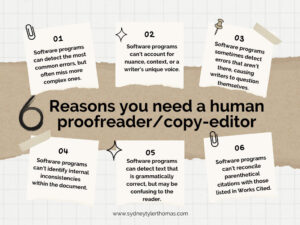If you’re considering writing a non-fiction book, you may be wondering how to approach the writing process. Do you just start writing and see where it takes you? Or do you create a plan to follow as you write? While there is no one way to write a book, many find that creating an outline can help move the process along.
What is an outline?
Your outline is the bones of your non-fiction book. The skeleton if you will. It’s all of the core information you want to convey to your audience, laid out in a tidy sequence. In a technical sense, it is a map that will help you get from point A to point B.
Why use an outline?
Using an outline can help speed up the process of writing your book. Sure, it may take a bit of extra time to create the outline, but once you have it, you have the blueprint for your book. When you get sidetracked or bogged down in the details, you can refer back to your blueprint and get right back on course. In this way, it can help you save a lot of time that you would have otherwise spent trying to keep your book on track, or on topic. It will also help you keep your book focused on your core message.
How to create an outline
Creating an outline for a non-fiction book is simple and can be done in a variety of different ways. Let’s take a look at one easy approach.
- Think about each topic you want to cover and write it down. These will essentially become the individual chapters in your book.
- Organize the topics or chapters into the sequence that makes the most sense to you. Try not to get overwhelmed at this point. You can always move these around later if you need to.
- Once you have your topics in the correct order, begin to list 5 or more sub-topics for each. This will help you fill out your chapters without getting too into the weeds.
- Organize the sub-topics into the order that makes the most sense to you.
That’s it! You now have a blueprint for your non-fiction book, and you can begin construction right away. Just like when you’re building a house, at any point during construction, you can add to or change the details of your blueprint, but you’ll still have the core elements to refer back to.
Outlines can definitely be a useful tool when writing your non-fiction book. Whenever you’re struggling with what to write next, you can refer back to your outline and get right back on track.









